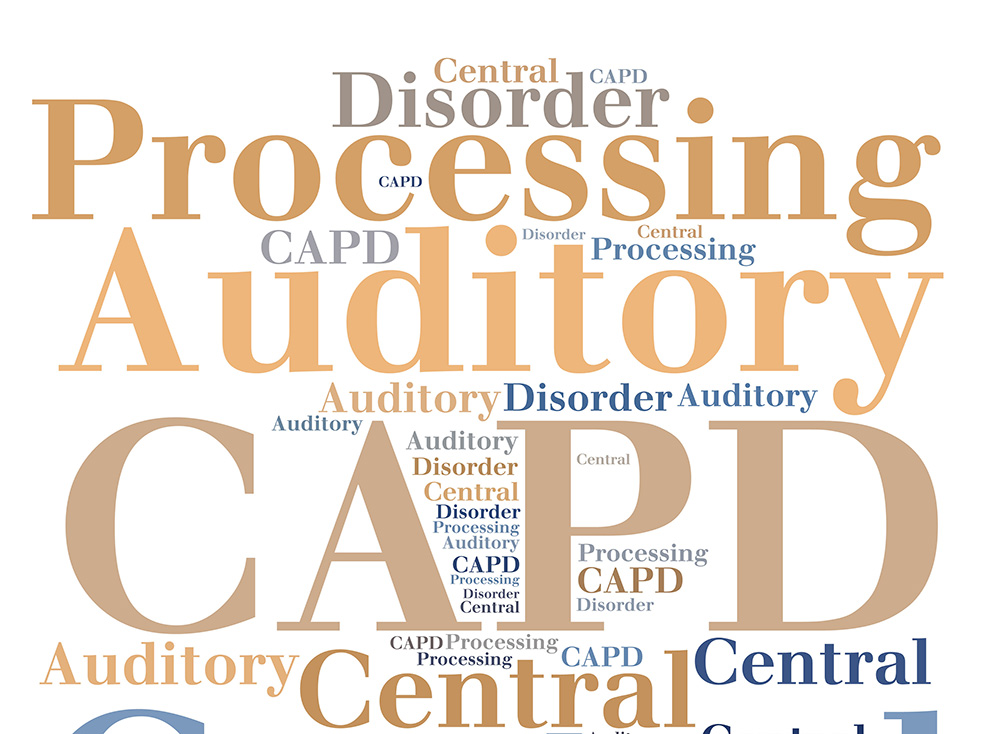

The results from this test can form the basis for further discussion about auditory processing disorders with an audiologist or speech pathologist, and can help parents and teachers respond to a child’s needs in the most appropriate way.
#AUDITORY PROCESSING ISSUES FULL#
This finding may help to give parents and teachers confidence in the results of a Sound Scout test until a child is old enough to undertake a full diagnostic assessment. In fact, Sound Scouts featured in a research study examining whether self-administered tests such as ours are useful for identifying hearing problems compared to clinician-administered tests (spoiler alert – they are!). Therefore, we’ve found that testing children from around four years of age using the Sound Scouts app gives parents and teachers a bit of a “heads up” in those early school years until children can be formally diagnosed. However, these tests can be a little tricky for children under age seven to understand. Only an audiologist carrying out a range of diagnostic tests in a controlled environment can diagnose an auditory processing disorder.

It’s easy to see how this could be interpreted as a child not hearing in the first place, when actually they are “hearing” all the sounds, but are unable to process those sounds in a meaningful way.Ĭan you test for Auditory Processing Disorder? Now, it is much harder for the brain to work out which sounds are the important ones, in turn making it much harder for the child to prepare an appropriate response. This could be the words that children sitting around you are saying, or a lyric from music playing in the room. Instead of picking out the important instruction within the collection of sounds, the filtering system allows other sounds to pass through. Those with an auditory processing disorder receive the same sounds but process them differently. In doing so, you show the person speaking to you that you have heard, processed and understood what they have said to you. Once the important sound is processed by the brain and a response is prepared, you can verbalise that response, or take action in another way. Anything else, such as background noise of others talking, music or noise from traffic, for example, is filtered out and discarded. The auditory cortex exchanges information with other parts of the brain, including our frontal lobe that directs attention, and anything that is deemed useful (such as an instruction from a teacher or parent) is emphasised. For those without an auditory processing disorder, these sounds seamlessly move along the auditory nerve into the brainstem where they start to be filtered and sorted, and then into the auditory cortex (the part of the brain that is specialised to process sound). We have a steady flow of different sounds entering our ears.


 0 kommentar(er)
0 kommentar(er)
